

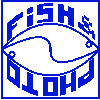
Frogpage
1
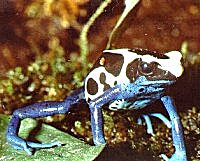
![]() Dendrobatus tinctorius
White
Dendrobatus tinctorius
White
![]() Dendrobates tinctorius
"Oiapoq"
Dendrobates tinctorius
"Oiapoq"
Dendrobates tinctorius Tafelberg ![]()
Dendrobates tinctorius "grijspoot"![]() Dendrobatus tinctorius yellow bl
Dendrobatus tinctorius yellow bl ![]()
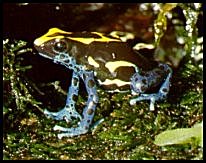
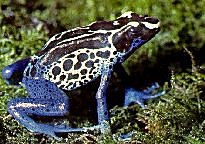
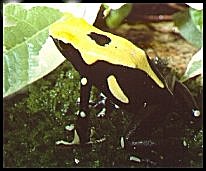
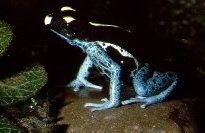
   | ||
|
Frogpage
1 | ||
 |
|
 |
 |
 |
 |
| Welcome in the world of the arrow poison frogs | |
|
What
a colorful world. The gray that varies between light- and dark/grey-blue. The
creamlike and deep gleaming black. The spots on the belly en the sides look like
specks of ink. Therefor the generic name of this frog is also tinctorius; traced
back to the Latin word for inc. He belongs to the family of the Dendrobatidae
and to the genus Dendrobatus. His complete name is also Dendrobatus
tinctorius. Within the species there exist a broad scale of color variety
with the main colors are blue, yellow and black. The derived colors in light and
dark and the graying of them force to a more detailed indication mostly based
on the place of origin. f.e. The Backhuis-tinctorius, tinctorius from the Tafelberg
and the Tinctorius fro Frans Guyana. The real size lays between 5 and 6 cms They
live on the bottom of the jungle mainly along streaming waters or near pools.
A typical mark of sexual difference exists in the males having fore toes that
are more bread. Female have a figure are a little bit larger and sturdy than the
male. The sound they make isn't more than a slight buzzing. They can stay for
hours in front of their hidingplaces but |
while they have a a rather curious nature. They can sit down in front of their
hiding-place for hours but because become very active at when they are fed and
walk eating between the fruit flies and the little crickets , of which they put
away quite a portion. At the reproduction the female makes the first move and pokes the male continuous until he hubs along and at last chooses a breeding ground Thereupon there are laid 5 till 20 eggs, that hatch after 14 till 18 days. At that moment the larvae have a length of 15 mms and can be raised together in a little tank. After three months they get front legs and at that moment they are 4 mms of length. Than already you can distinct the typical pattern of the tinctorius. During the next two weeks the larvae get multicolored and the metamorphose till young frog begins. When they come on land, they are 15 till 18 mms and begin the eating of fruitflies. About the feeding of froglarvae exist different opinions. In the survey on page 30 I'll put them together . >>>>>>>>> (Text according to W. van Sloun in the clubmagazine of A.V. Keizer-Lotus, Echt) |